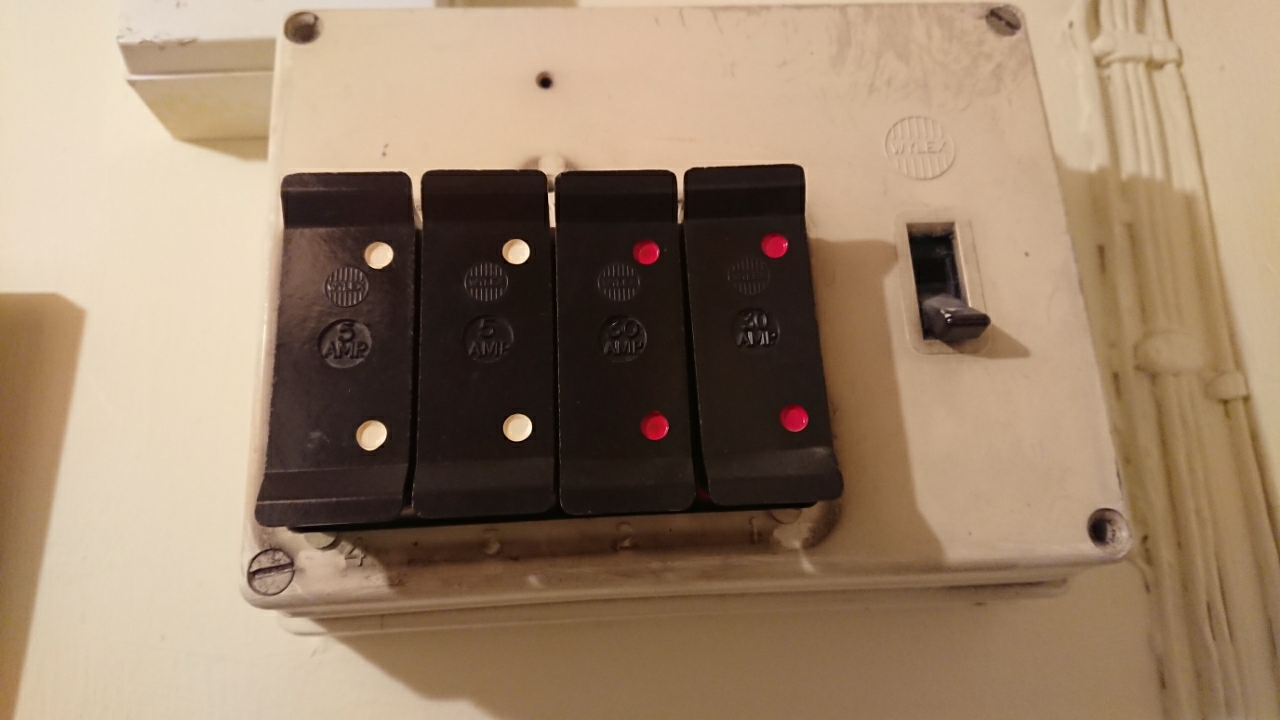I had a Wylex fuse box in this house, I changed it for a all RCBO consumer unit and found faults previously unknown with a 4 gang switch where the wrong neutral had been selected, the fault was not found when testing at the consumer unit, only latter once I started to use it. I would expect the fault had been there since the house was built so likely been there some 50 years.
The problem is in the 70's and 80's there was a lack of testing, in 1992 when the wiring regulations became BS 7671 there was a move for people to pass exams to show they knew what the regulations required, and we started to see electrical installation certificates raised and periodic inspection reports, together with type tested distribution units called consumer units. But before that date it was everything forward and trust to the lord.
Even in 2001 my son got a job wiring houses with no formal qualifications, (although he had worked with me, so had received some training) the inspector would visit once a week, but he was not really an apprentice as no one really looking at what he was doing, and when I paid for him to take a series of exams, inspection and testing being one, instead of the company saying oh good, they let him go, they did not want trained people wiring houses, they wanted cheap people who would do as they were told. All changed now, but often houses wired by semi-skilled labour. And inspection and testing was does it work, if so it passed.
Pre-Part P regulations electricians would move around, I know I did, one week wiring a house, next week designing a candle making machine, the next working rewiring a shop, so you could get an electrician with 10 years experience wiring his first house. In those days you were an electrician, we were not divided into domestic, commercial, industrial, maintenance, installation etc. Also builders, kitchen fitters and plumbers often did there own electrics, and to be frank there was some really shoddy workmanship. There are still cow boys today, but not as many. And in the 80's domestic electricians were called house basher's and considered the lowest of the low in electrical skill. Most technical job they did was to wire the central heating.
So you need today to test everything including before you start, not uncommon to find a radial circuit feed from a ring final without any current limiting fuse as it moves from a 30 amp to 20 amp cabling, i.e. a whole row of unfused spurs. Back in the day in the 80's I carried 20 amp Wylex fuse carriers which I would replace the 30 amp with when I found a row of unfused spurs. Always had a glut of 30 amp fuses and 13 amp fuses.




